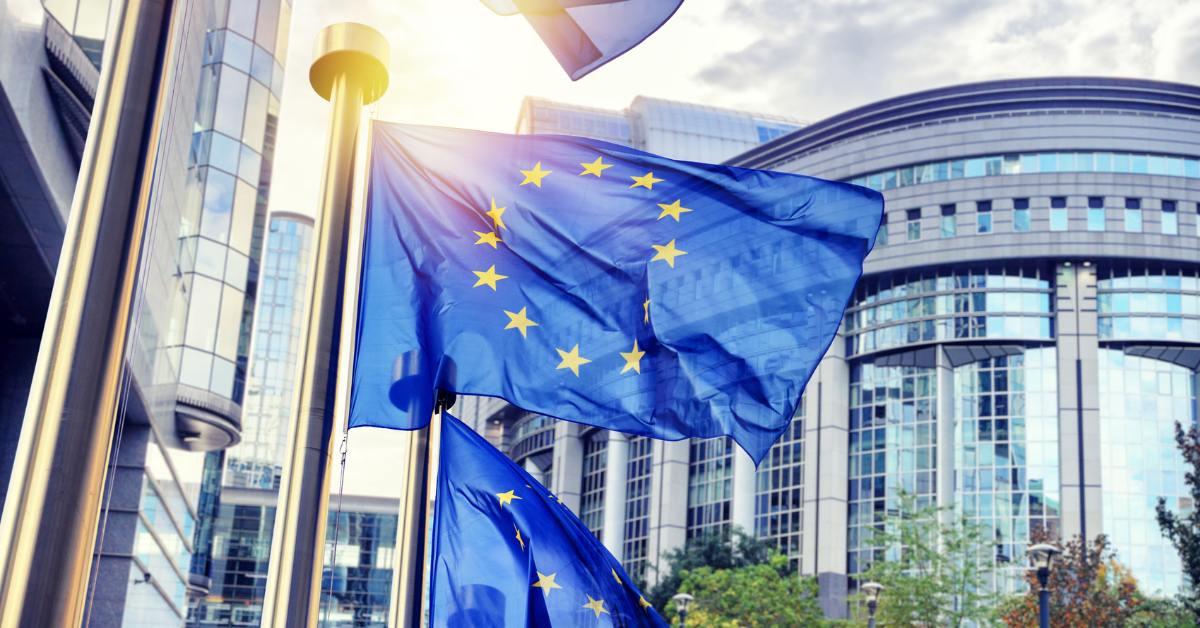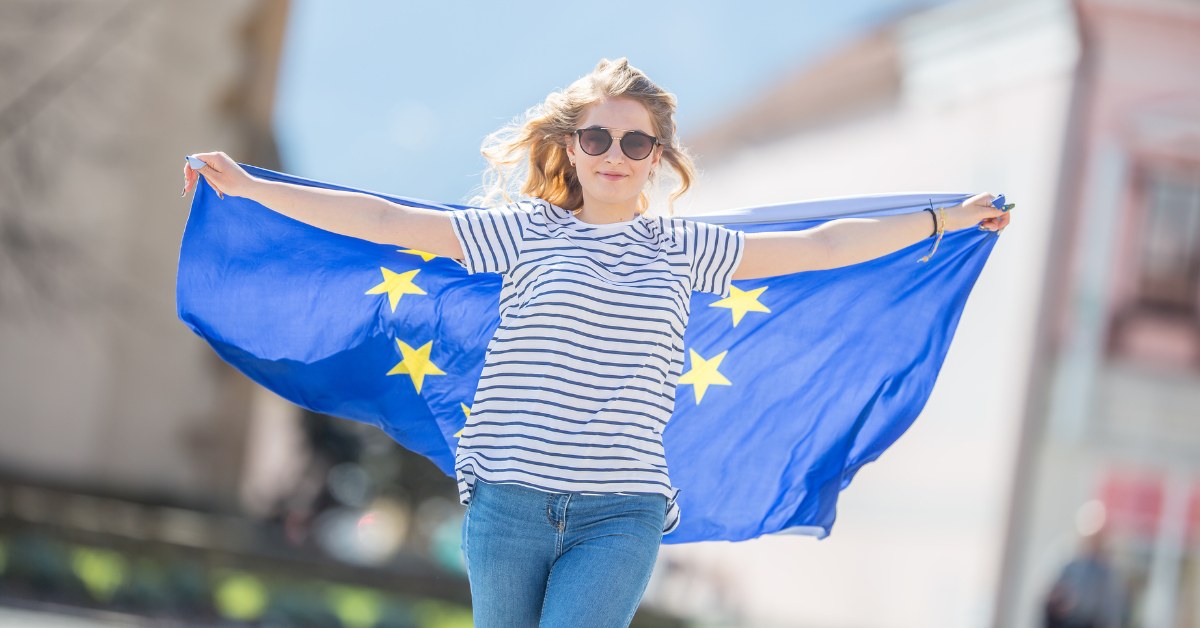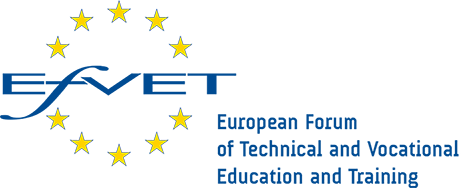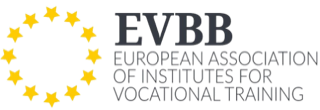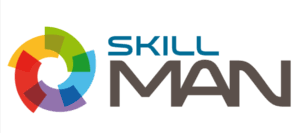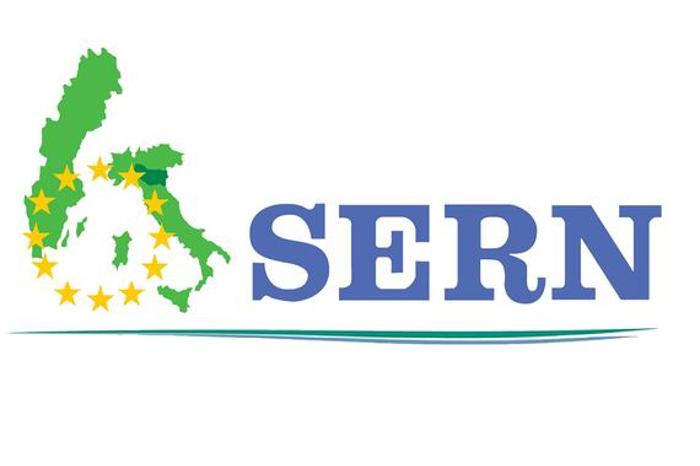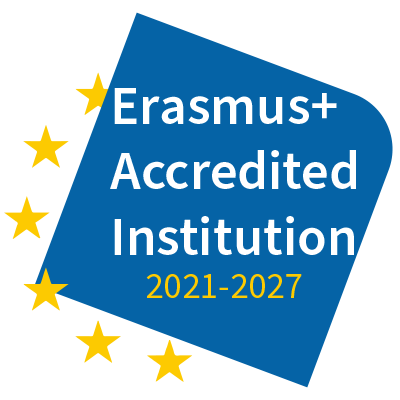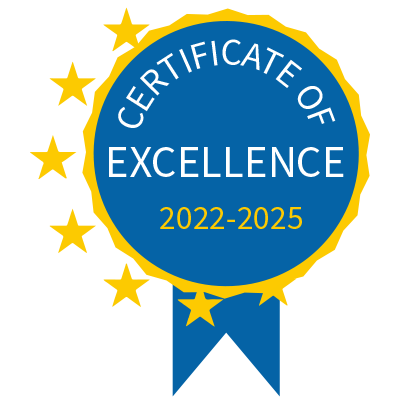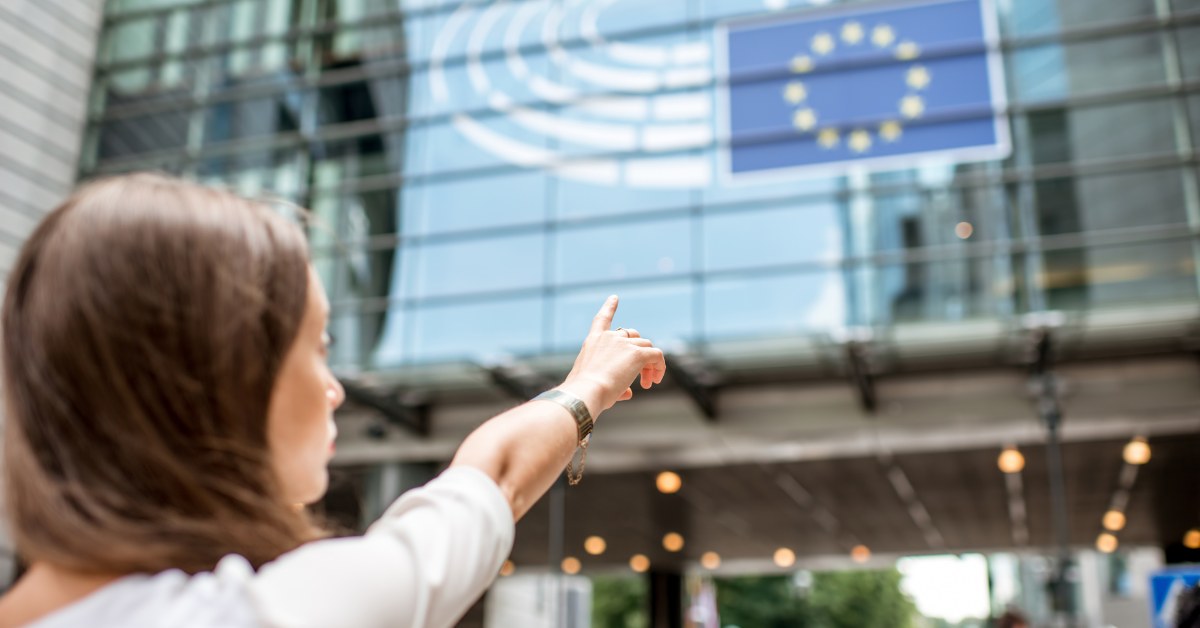
The Erasmus+ programme represents a key initiative of the European Union to support education, training, youth, and sport in Europe.
One of the initiatives promoted is Key Action 2 (KA2), dedicated to cooperation for innovation and the exchange of good practices.
But what do we mean when we talk about cooperation and good practices?
What is Erasmus+ KA2?
Key Action 2 (KA2) allows organisations active in the fields of education and vocational training to engage in international cooperation experiences to enhance their skills and achieve higher-quality results.
The cooperation established between organisations is referred to as partnerships, and to determine which is most suitable for your organisation, three factors must be considered:
The project’s objective
The organisations to be involved in the project
The expected impact of the project
Once these three elements are defined, we can identify the best type of partnership for our project:
Cooperation partnership (which includes both cooperation partnerships and small-scale partnerships);
Partnership for excellence
Partnership for Innovation
What are cooperation partnerships (KA220-ADU)?
Cooperation partnerships (KA220-ADU) are large-scale projects that facilitate the development, transfer, and implementation of innovative practices, as well as peer learning and the exchange of experiences at the European level.
The project must be linked to at least one horizontal priority and/or at least one sectoral priority.
When we talk about horizontal priorities, we refer to strategic areas that are relevant across the planning and delivery of projects, specifically:
Inclusion and diversity
Digital dimension
Environmental sustainability
Participation and civic engagement
On the other hand, when we refer to sectoral priorities in adult education, we mean:
improving the availability of high-quality learning opportunities;
creating pathways for upskilling, enhancing accessibility, and increasing the dissemination of educational opportunities;
improving the skills of educators and staff;
enhancing quality assurance;
developing future-oriented learning centres;
promoting Erasmus+ among citizens and generations.
The partnership must consist of at least three organisations from three different countries participating in the programme, and there is no maximum limit on the number of participating organisations.
In addition to the organisations that formally participate in the project, other organisations can be involved to support the implementation of activities (associated partners) without receiving funding.
The activities organised by the partnership (which may include learning, teaching, and training activities for staff) must take place in the countries of the organisations involved in the partnership.
However, it is also possible to:
select a European Union institution to host the activities;
participate in relevant transnational events and conferences related to the project’s theme, taking place in programme countries or partner countries;
involve organisations from non-participating countries if they add essential value.
The duration ranges from 12 to 36 months, which should be chosen at the application stage based on the project’s objectives and the planned activities.
Regarding funding, the total contribution varies depending on the selected activities and the project’s duration, ranging from a minimum of €120.000 to a maximum of €400.000.
What are small-scale partnerships?
Small-scale partnerships (KA210-ADU) are designed to reach schools and organisations active in education and vocational training that have never participated in the programme or have limited experience and organisational capacity.
Compared to cooperation partnerships, small-scale partnerships have minor technical differences:
the duration is shorter, ranging from 6 to 24 months;
the required administrative procedures are simpler;
the grant amounts are reduced and based on lump sums;
the maximum number of applications per organisation is 10 for each deadline, with only one as the applicant;
the partnership must consist of at least two organisations from two different countries participating in the programme.
Like cooperation partnerships, small-scale partnerships must also be linked to at least one horizontal priority and/or at least one sectoral priority (the same as described above) based on the objectives and expected outcomes.
The activities planned under this type of project may include activities within the organisations themselves, but also mobility towards partners, without mandatory minimum or maximum duration or a minimum number of participants.
As mentioned above, the funding is based on two possible lump sums (€30.000 or €60.000); the choice of the amount varies based on the planned activities and the expected outcomes.
Partnerships for excellence and innovation
There are two additional types of partnerships that can be chosen.
The first is the partnership for excellence, which supports projects with a sustainable long-term perspective. This partnership supports various actions such as Centres of Vocational Excellence (CoVe), Erasmus+ Teacher Academies, and the Erasmus Mundus Action.
The second type of cooperation is the partnership for innovation, which aims to disseminate the results of projects on a European scale and/or transfer them to different thematic or geographical contexts.
This type of partnership includes Alliances for innovation, or cooperation between organisations that aim to promote the flow of knowledge between higher education, vocational education and training (VET), and research.
CoVE Projects
It is worth dedicating a brief section to the CoVE projects, or Centres of Vocational Excellence.
CoVE can be:
existing vocational schools or providers of vocational training that strive to implement the activities proposed by the European initiative;
newly established centres aimed at offering excellent training services that respond to the needs of the labour market.
Support is provided to projects that bring together local or regional partners from various countries:
Initial training for young people, concerning the continuous improvement of skills and the professional retraining of adults;
Flexible and timely provision of training, consistent with the needs of the labour market;
Close collaboration with businesses on applied research projects;
The creation of knowledge and innovation hubs;
Support for the entrepreneurial initiatives of learners.
What is the difference between KA1 and KA2?
The main difference between KA1 mobility projects and KA2 projects is that the former focuses on the individual mobility of learners and school staff, aiming to improve their skills through international experiences.
In contrast, KA2 projects aim to develop strategic partnerships between organisations from different countries, also active in the field of education and vocational training, to innovate, promote the exchange of good practices, and enhance the quality of education and training.
How to Find Partners for KA2 Projects
To seek a potential partner for your project proposal, you can consult the European Union’s Funding and Tenders portal.
Based on various filters, such as the type of partner, funding programme, or country of origin, you can select and view the profile of the chosen organisation or individual.
In addition to providing contact information, the portal offers details about the skills and experiences of potential partners, facilitating the search for collaborations that best fit the specific needs of the KA2 project. It is advisable to carefully explore the profiles and consider the compatibility of objectives and methodologies between potential partners and your own project.
How to write a KA2 project
To write a good KA2 project, several phases must be followed, and various important aspects must be taken into account. A well-structured project not only increases the likelihood of securing funding but also ensures that educational and training objectives are effectively achieved.
To understand how to do this, the Erasmus+ website provides a programme guide that outlines all the phases and advice to follow. The guide covers every aspect of the design process, from defining the objectives and priorities of the project to describing the planned activities, managing the budget, and evaluating the impact.
It is essential to carefully follow the guidelines, paying particular attention to the internal consistency of the project, the clarity of objectives, and the relevance of the proposed activities in relation to the expected outcomes. Additionally, it is useful to include a detailed communication plan to ensure the dissemination of results and the long-term sustainability of the project.

